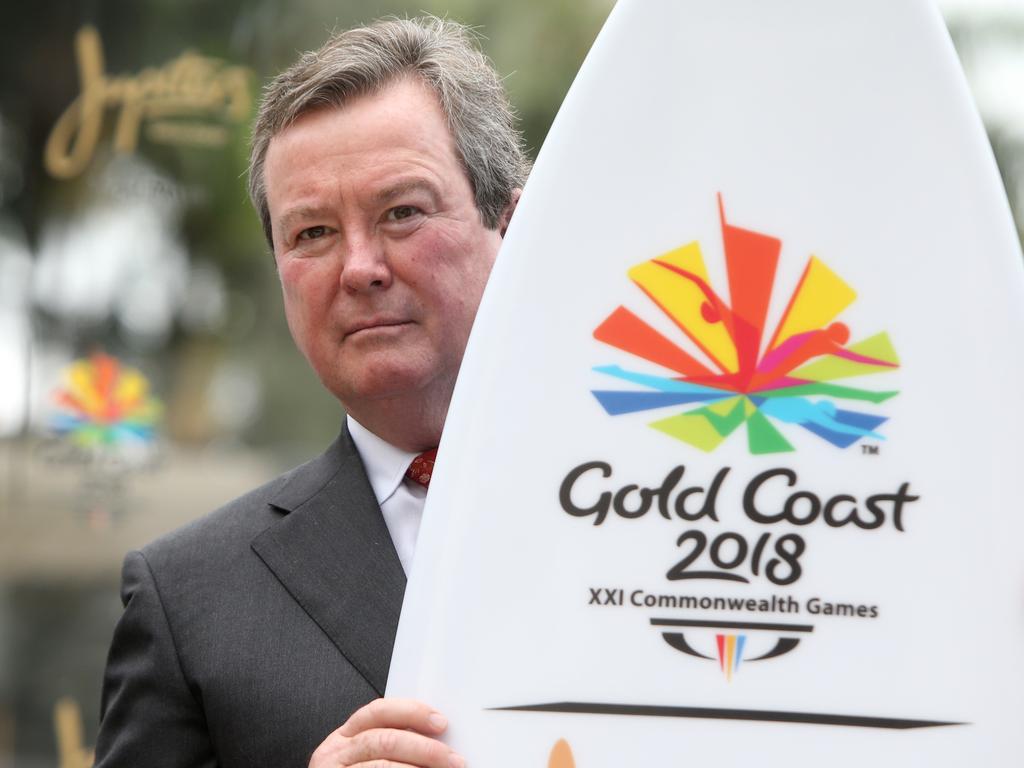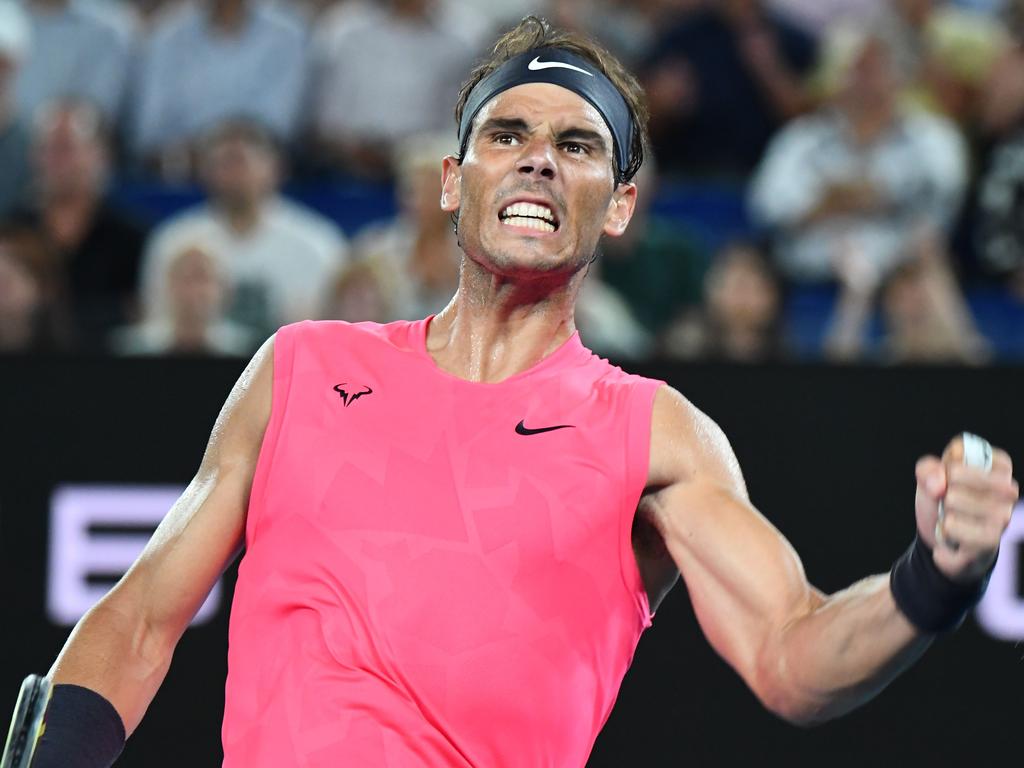Australian sports looking at $500m revenue fall from COVID – but it could have been worse
This year has been marked by sports slicing hundreds of millions from their costs, and sacking plenty of staff and cutting wages, in an effort to survive the coronavirus.

NRL chairman Peter V’landys says he felt like “the weight of the Sydney Harbour Bridge lifting off me” when the last State of Origin was played a little over two weeks ago.
V’landys describes 2020 as the most challenging year he has ever had in three decades of sports administration, as COVID put a temporary stop to rugby league and will see the NRL likely post $100m less revenue in 2020 than last year.
Sports have had to cope with no crowds for much of the year, big cuts in corporate support and for many large decreases in the value of television broadcast contracts.
The amount of income that sports miss out on in 2020 could top $500m, and restoring that will take years. In the meantime, hundreds of employees have been made redundant as governing bodies and clubs across the country tried to shore up their balance sheets.
All the while they have had the spectre of coronavirus constantly hanging over them, threatening the cancellation of matches or suspension of entire competitions and the resultant revenue loss.
“It was like when you’re in a jail cell marking each day off, one day at time. For us it was marking one round off, a week at a time,” V’Landys says.
The NRL will enter 2021 in reasonable financial health compared to other sports, but only after head office underwent a savage cost-cutting program worth at least $50m.
Red ink is flowing elsewhere. Tennis Australia this week revealed the biggest blow in sport yet: a $40m biosecurity bill to host the Australian Open in January would likely see it seek a loan to cover the cost and that it could also have to spend most or even all of its $80m reserves to get through.
It means the money tennis set aside for a rainy day could drain away in just one year.
“We believe that recovery from the pandemic will take up to five years,” says Tennis Australia chief executive Craig Tiley.
The AFL as an industry will lose up to $100m this year. The league’s chief executive Gillon McLachlan revealed recently that grand final winner Richmond, a financial powerhouse, was able to post a small profit — but only after receiving $10m from the federal government’s Jobkeeper program.
Rugby Australia has slashed $30m from its books after previously seeking $20m in loans from World Rugby and HSBC to stave off insolvency after losing $9.4m in 2019. It has a new broadcast deal with Nine Entertainment and Stan next year but it is worth 30 per cent less than its previous contract.
The A-League’s biggest club, Melbourne Victory, posted a $2.6m loss this year. Football Federation Australia is forecasting a $7.8m loss for 2021 and is without a sponsor for the A-League and Socceroos.
Meanwhile, Melbourne Cup host Victoria Racing Club has borrowed $25m from ANZ after COVID meant no crowds at Flemington during Spring Carnival. Across town, the Melbourne Racing Club at Caulfield posted a $9m loss and has had to close some of its businesses.
The list of financial issues in sport goes on, though in reality it could have been a lot worse. The AFL was staring at losses of up to $1bn when it went through its books in March under a worse case scenario of the entire season being cancelled.
V’landys says COVID has provided sports with the financial reset that had to happen.
“The game really had to reset its cost base, and you’ll find a lot of other sports are in the same position,” he said.
“The cost structure was too high, so it gave us the opportunity to do that. Now, most of our clubs will break even or post small profits or losses. Last year then lost a combined $33m.”
Ironically, given its court battles with broadcaster Network Seven, Cricket Australia is having a relative Indian summer in sporting and financial terms after posting a $45m loss last year.
COVID biosecurity protocols will cost cricket about $30m but India touring Australia means huge rights fees from Indian broadcaster Sony could mitigate a previously expected $100m revenue drop along with better-than-expected crowds at upcoming test matches.
Tennis could also get some state government financial support, state Treasurer Tim Pallas said. The sport already stood down staff during the year and Tiley said a major cost-cutting program was also undertaken.
Josh Blanksby, chief executive of Caulfield Cup host MRC, says his business has been helped by having a diverse range of revenue streams such as its collection of pubs and clubs. It received $6m in Jobkeeper subsidies but closed bakeries it owned.
Racing in Victoria is starting to welcome back some crowds, but Blanksby is cautious of the financial benefits for now.
“It’s great to have spectators and owners back on course, but your operating costs are still high given you’ve got to have (COVID) protocols and areas set aside for people,” he said. “Sports are lucky though in that we don’t have to pay dividends and stand up in front of shareholders to explain profits. We can plan for the longer term but it is still going to be tough for a while.”








To join the conversation, please log in. Don't have an account? Register
Join the conversation, you are commenting as Logout